The first thing to get out of the way is this article is not intended in any way to advise any reader on whether they need a full frame camera or whether they need a Nikon, Canon, Sony or any other brand. I am a firm believer that a decent photographer can make great images with any modern camera body. The technology in these cameras has come so far that you cannot use your gear as an excuse. That being said, there are some valid reasons you may want to upgrade to a full frame camera. This article is intended to show you the most inexpensive options out there.
What is a Full Frame Camera
Full frame for a camera refers to the sensor size. A full frame camera has a 35 mm sensor. This was the standard in film photography long before digital entered the scene. These days there are a lot more options when it comes to sensor size, each with different strengths and weaknesses. While you could always go medium format if you have a lot of money to spend, most photographers are going to be choosing between one of the available crop sensors or a full frame sensor.
Why some want a Full Frame Camera
Once again, I am not lobbying for any particular camera sensor. I actually shoot a crop sensor right now, but there are some common reasons people want to go full frame.
- Full frame sensors offer a greater field of view. Because the sensor is larger, it can fit more on it. Although different systems use a different crop factor, the easiest explanation of this is that a 24 mm lens on a full frame camera is going to give you the same field of view as a 16 mm on a (Nikon) crop sensor camera. This allows you to capture more of any given scene and is especially helpful in wide-angle photography.
- Full frame sensors generally offer higher dynamic range. This means you have a better chance of capturing details in the highlights and shadows.
- Full frame sensors typically perform better in low light. Because the bigger sensors can fit bigger pixels and often have better ISO performance, you can get better quality images shooting in low light.
- Full frame sensors provide a shallower depth of field. This can be a blessing or a curse depending on what you are trying to achieve. Each lens and camera combination performs differently so there is no set conversation rate for depth of field at any given aperture between crop and full frame, but the difference is often significant, allowing you to achieve greater bokeh with a full frame sensor.
- Full frame cameras are typically more tailored to professional photographers. As such, you often find advantages in build quality and features in a full frame camera. This is not always the case and will vary from body to body, but generally, you can expect a full frame camera to be a reliable piece of equipment.
CHEAPEST FULL FRAME CAMERAS CURRENTLY AVAILABLE
If you have decided to make the switch to full frame, or even if you are wanting to start with a full frame camera, you may not be wanting to invest the money in the newest or best model out there. I am going to highlight six full frame cameras currently available that are probably going to represent the best bargains you can find. These options will not be the best for all. Some may lack the features you want, while some are older models that have been improved by newer, and more expensive, releases.
NIKON D610
The D610 is the current entry level full frame camera from Nikon. This series from Nikon represents what is often called the consumer full frame camera. The features and price point are designed to reach a common consumer who previously had no affordable options in the full frame world. While it is the current model for the D600 series, it was first released in 2013, so it is not new by any means. A D620 has been rumored for some time and I have to think one is coming shortly. If you are not in a hurry, it may be worth waiting for a newer version to get released so you can get the D610 at an even better price.
Pros: Quiet continuous mode. image quality. Large viewfinder. Video capabilities. Preset menu systems.
Cons: LCD screen. Issues with live view options.
- Current new price: $1,496.95 on Amazon.
- Current used price: $950.00 on Amazon.
- Sensor: 24.3 MP CMOS sensor.
- ISO: 100-6400 (expandable to 50-25,600).
- FPS (frames per second): maximum rate of 6 fps or 3 fps on quiet continuous mode.
- AF (auto focus) System: 39 total points, 9 cross points.
- Memory Cards: dual SD slots.
- Video: 1080p
- Weight: 850g
- Wifi: Optional
- Weather Sealed: Partial.
Sample images: These sample images are courtesy of Improve Photography reader Christopher Neal.
NIKON D800
The Nikon D800 was a land breaking launch as it was the first camera to offer absurd, at the time, resolution. Now, all the other brands have bodies that offer comparable resolution, but I remember reading about this camera and dreaming about dropping $3,000 on this body. The fact that you can get one now for only $1,200 makes it very compelling. Nikon currently offers a newer version of this body in the D810, but that will cost quite a bit more.
Pros: Resolution. Battery life. Video quality. Autofocus. Bracketing options. Lens options.
Cons: LCD screen resolution. File size.
- Current new price: $2,249 on Amazon.
- Current used price: $1,200 on Amazon.
- Sensor: 36.3 MP CMOS sensor.
- ISO: 100-6400 (expandable to 50-25,600).
- FPS (frames per second): 4 fps.
- AF (auto focus) System: 51 total points, 15 cross points.
- Memory Cards: 1 SD slot and 1 CF slot.
- Video: 1080p
- Weight: 1000g.
- Wifi: Optional.
- Weather Sealed: Yes
CANON 5D MARK III
The 5D Mark III is probably one of the most-well known and most-used cameras in the photography industry. I have used this body to shoot college basketball games and I loved it. Early on in my photography days, I bought into the whole Nikon versus Canon debate and swore off Canon. Two nights using the 5D Mark III changed my mind. If I was starting over on gear, this body would be under serious consideration for me. The biggest downfall of this option is the price is still pretty high. I would have expected it to drop further with the 5D Mark IV hitting the market, but Canon appears to get the same resale treatment as Toyota and Honda, where it is almost tough not to just buy it new given the small difference in price.
Pros: Lens options. Reliability. Image quality. Autofocus performance. Burst shooting performance. Silent shutter. Solid construction. Video performance.
Cons: Quality of jpegs. Live-view autofocus. Large, high-resolution LCD screen. Reports of light leakage. Resolution and dynamic range.
- Current new price: $2,299 on Amazon.
- Current used price: $1,800 on Amazon.
- Sensor: 22 MP CMOS sensor.
- ISO: 100-25,600 (expandable to 50-102,800).
- FPS (frames per second): 6 fps.
- AF (auto focus) System: 61 total points.
- Memory Cards: 1 SD slot and 1 CF slot.
- Video: 1080p
- Weight: 890g
- Wifi: Optional
- Weather Sealed: Yes
CANON 6D
The 6D is Canon's version of the consumer full frame camera. it is often compared to the Nikon D6100. The 6D has long been a favorite of part-time photographers or those entering professional photography world as it offers a lot of the benefits of other full frame cameras with a much lower price. While the 6D is the most recent in the lineup, Canon has already announced a 6D Mark II, so if you hold out for a little while, you can likely get this body even cheaper or you may be able to get a better body in the new version at a comparable price.
Pros: Silent shutter mode. Good low light performance. Integrated GPS. Solid Construction. Great lens line-up. Ergonomic handling. Anti-reflective LCD screen.
Cons: Fixed LCD screen. Weak autofocus system with few points. Resolution. Hard-to-clean eyepiece.
- Current new price: $1,399 on Amazon.
- Current used price: $1,000.00 on Amazon.
- Sensor: 20.2 MP sensor.
- ISO: 100-25,600 (expandable to 50-102,400).
- FPS (frames per second): 4.5 fps.
- AF (auto focus) System: 11 total points.
- Memory Cards: 1 SD slot.
- Video: 1080p
- Weight: 770g.
- Wifi: built-in.
Canon 6D sample images courtesy of Improve Photography reader Shannon Dobson.
SONY A7r
The Sony A7r was one of the first full-frame mirrorless body. Sony still offers the only mirrorless full frame bodies. While it wasn't without its shortcomings, it changed the world of both full-frame and mirrorless cameras. The A7 line has many options now, and is rumored to include the A7rIII before long. The A7r was released in October of 2013, so it is not a new body by any means, but the new releases of this body mean you can get this body used for a great deal. As a mirrorless body, this camera is going to offer you things that no other body in this article will. I personally will never be able to go back to an optical viewfinder after getting used to a digital one.
Pros: All the benefits available in a mirrorless body. By far, this is the smallest body on this list. Great resolution and image quality. Tilting LCD screen. Surprisingly good video. Internal battery charging via usb.
Cons: This camera originally said it was weather sealed, but Sony has since removed that claim after numerous reports surfaced that the body did not live up to the claim of weather sealing. Resolution can be issue with poor focusing or cheaper lenses. Also has the negatives of mirrorless camera bodies, including poor battery life. More limited selection of lenses. Menu system.
- Current new price: $1,898 on Amazon.
- Current used price: $1,045 on Amazon.
- Sensor: 36.4 MP CMOS sensor.
- ISO: 100-25,600 (expandable to 50-51,200).
- FPS (frames per second): 1.5 fps.
- AF (auto focus) System: 25 total points.
- Memory Cards: Dual SD Slots.
- Video: 1080p
- Weight: 465g
- Wifi: Built-in.
- Weather Sealed: Questionable
PENTAX K1
The Pentax K1 may be the most intriguing camera in this article as it is definitely the least heralded despite offering the most and some of the best features. Pentax has a loyal following and their users typically love their gear, but, for some reason, they do not get the attention of the other bodies. When this body was announced, it did garner some attention from non-Pentax users because of the pretty incredible features offered at the price point. If these features came out on a Nikon or Canon body at this price point, the photography world would lose it.
Pros: Image stabilization in the body. Pixel-shifting technology. High resolution with good image quality. Fast autofocus. Good low light capabilities. Articulating LCD screen. Built-in GPS. Built-in LEDs to help see controls. Crop mode allows you to shoot APS sized images with any lens. Dust removal feature. HDR mode. Star tracking function is loved by astro photographers. Rugged build and great weather protection. Controls that make the menu less important.
Cons: Underperforming autofocus system. Twice the weight of the other options. Issues reported with memory cards. Slow writing times. Poor quality jpegs. Weak battery life.
- Current new price: $1,813 on Amazon.
- Current used price: none available.
- Sensor: 36.4 MP sensor.
- ISO: 100-204,800.
- FPS (frames per second): 4.4 fps.
- AF (auto focus) System: 33 total points, 25 of which are cross type.
- Memory Cards: Dual SD Slots.
- Video: 1080p
- Weight: 1,015g
- Wifi: Built-in.
- Weather Sealed: Yes.
Sorry, but I was not able to obtain sample images as I don't know anyone shooting this body.

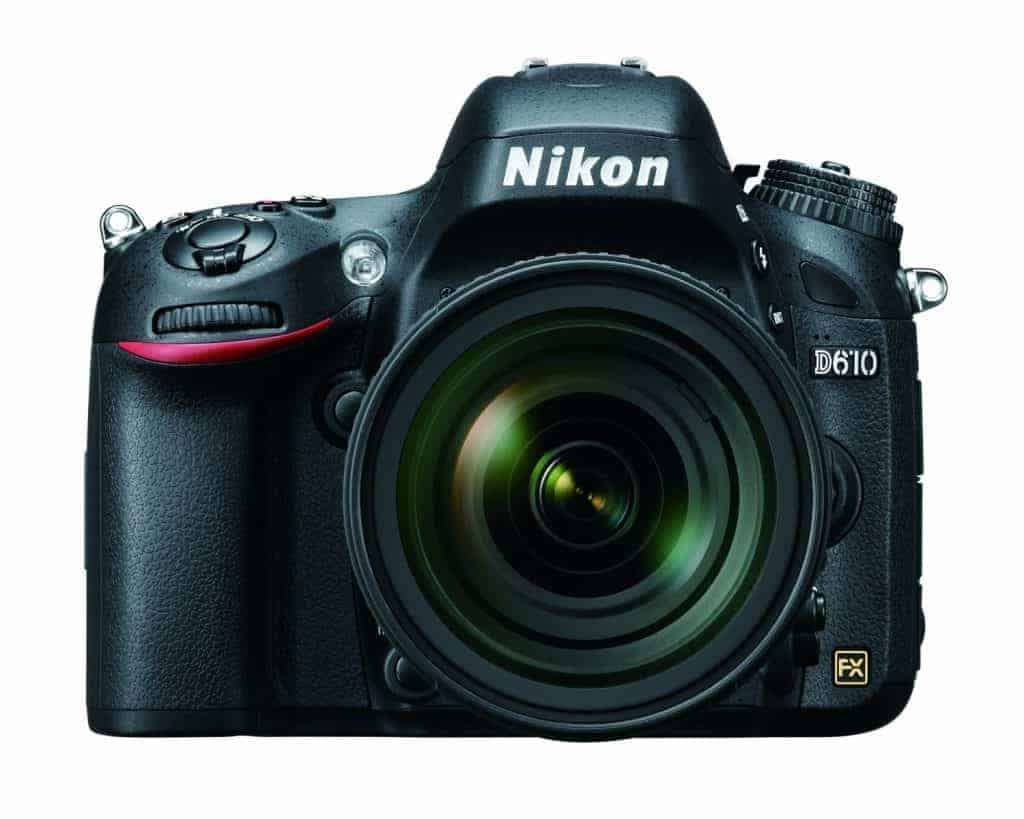
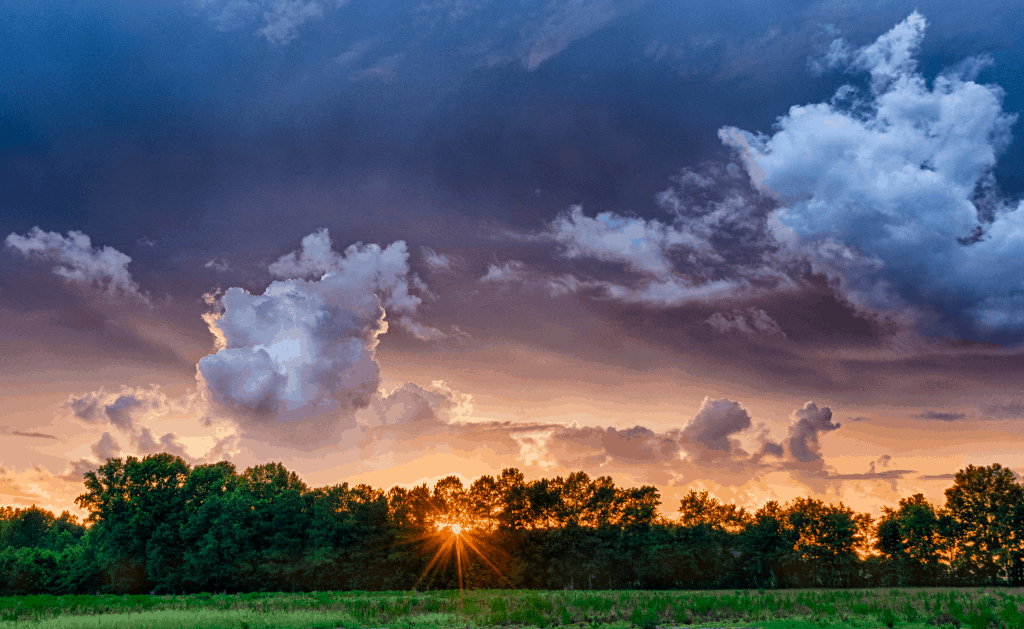
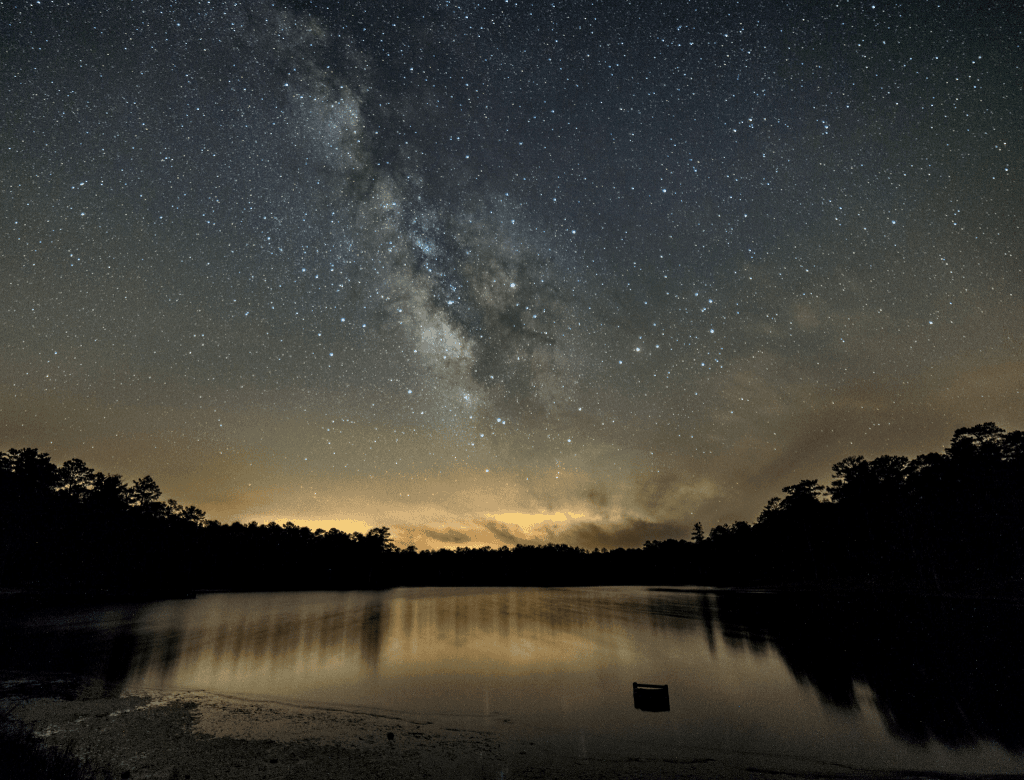
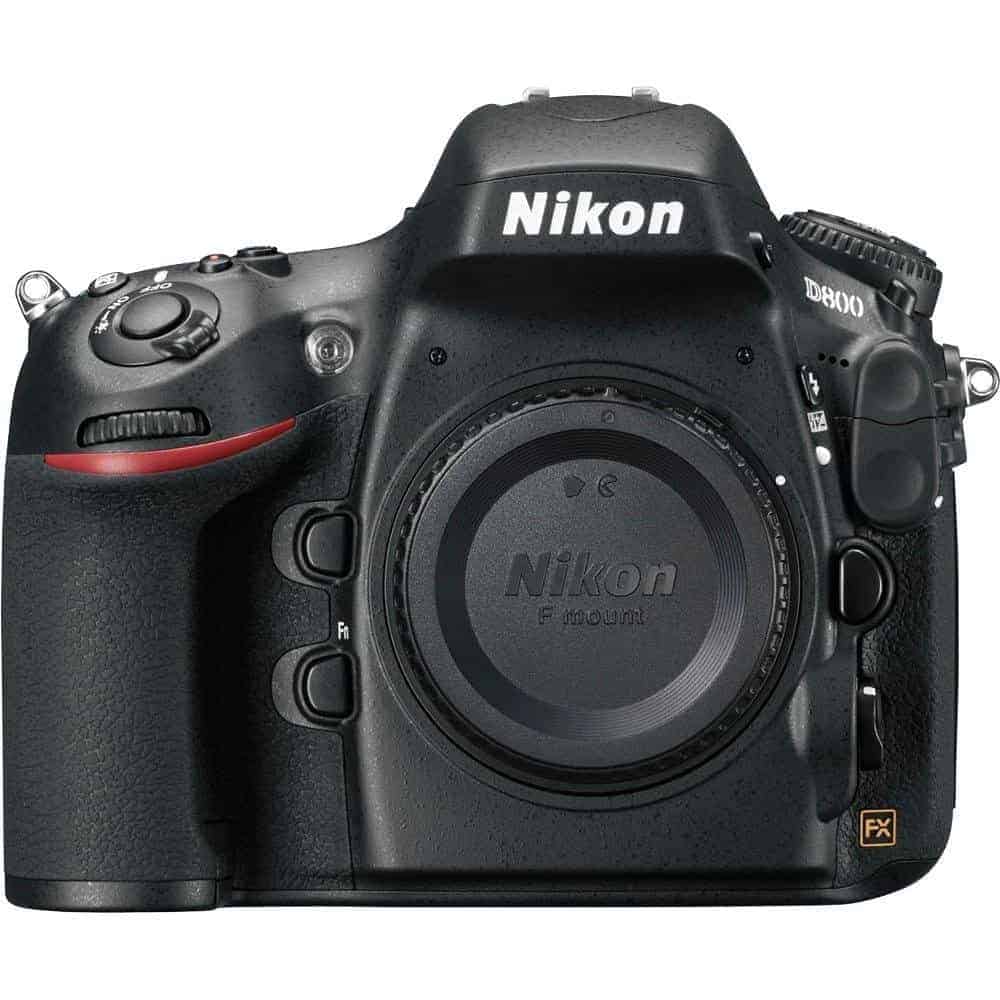

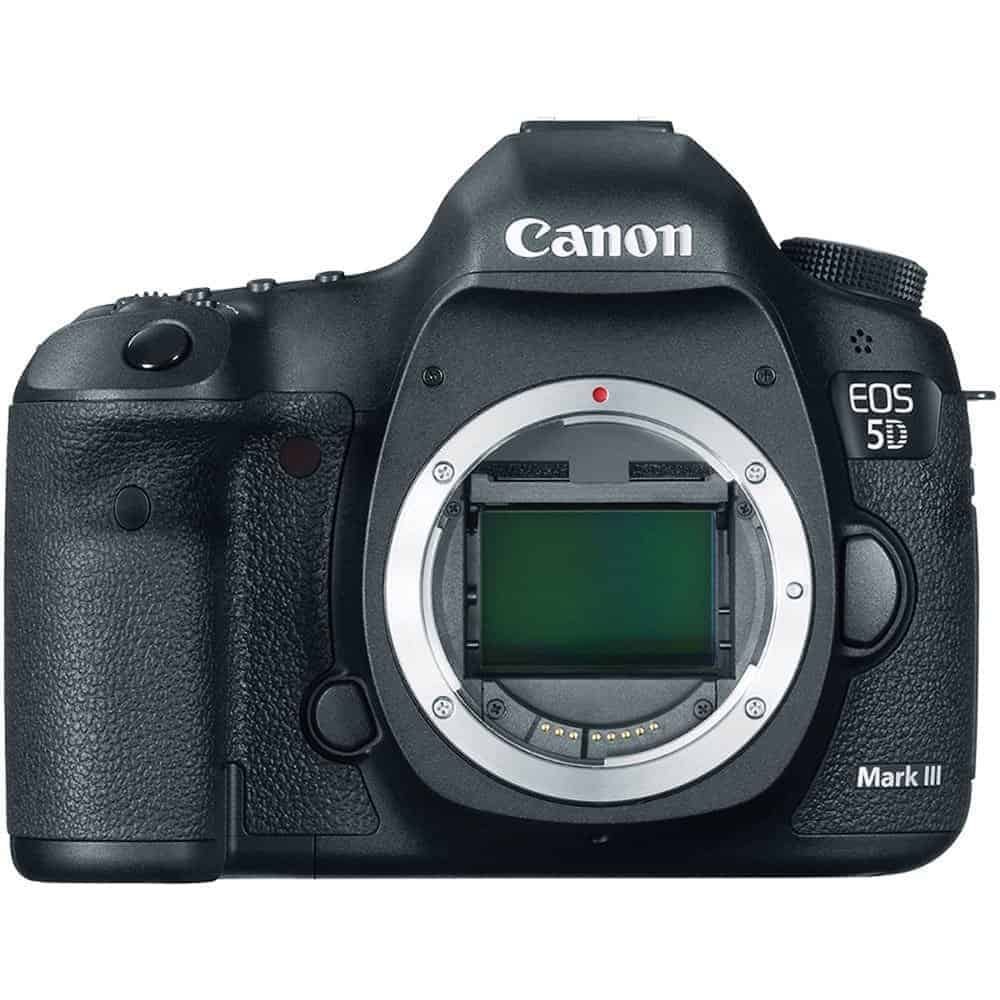

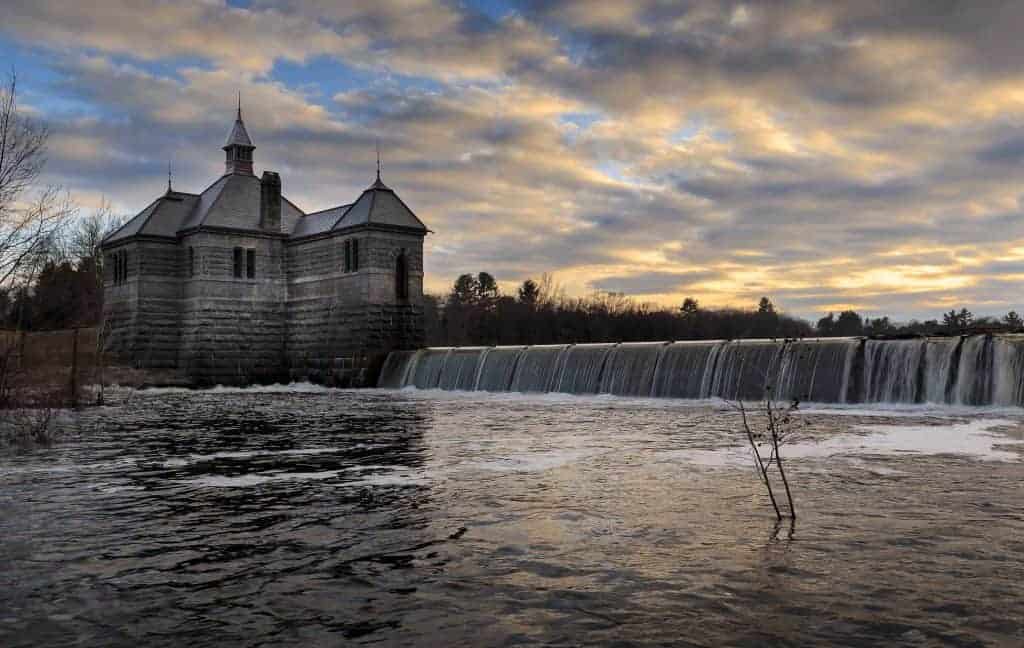
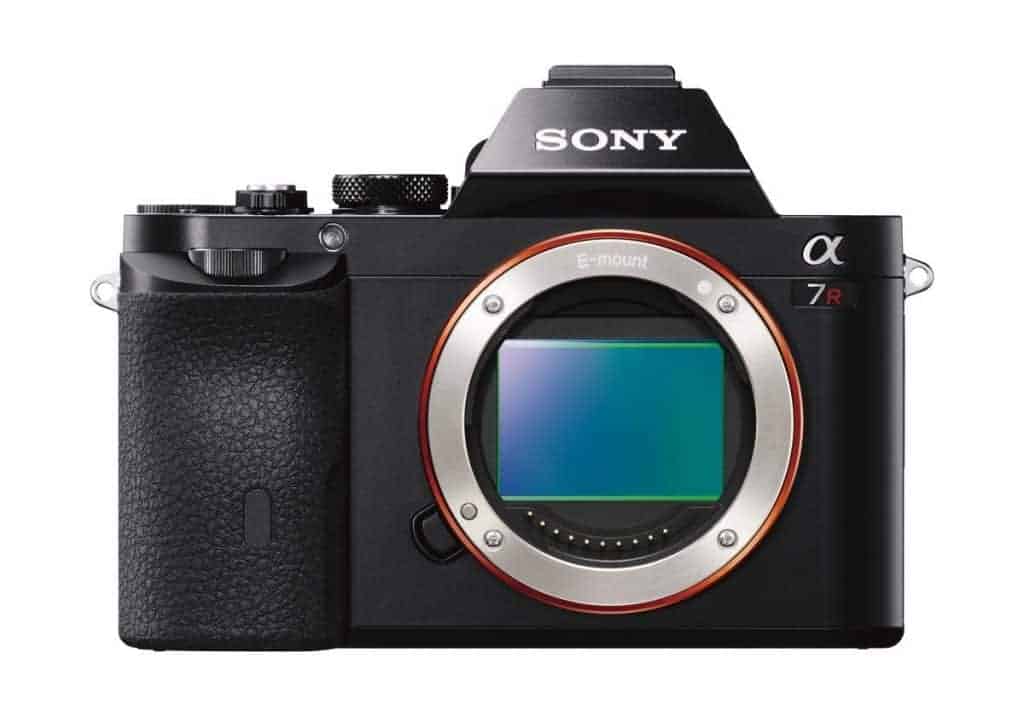
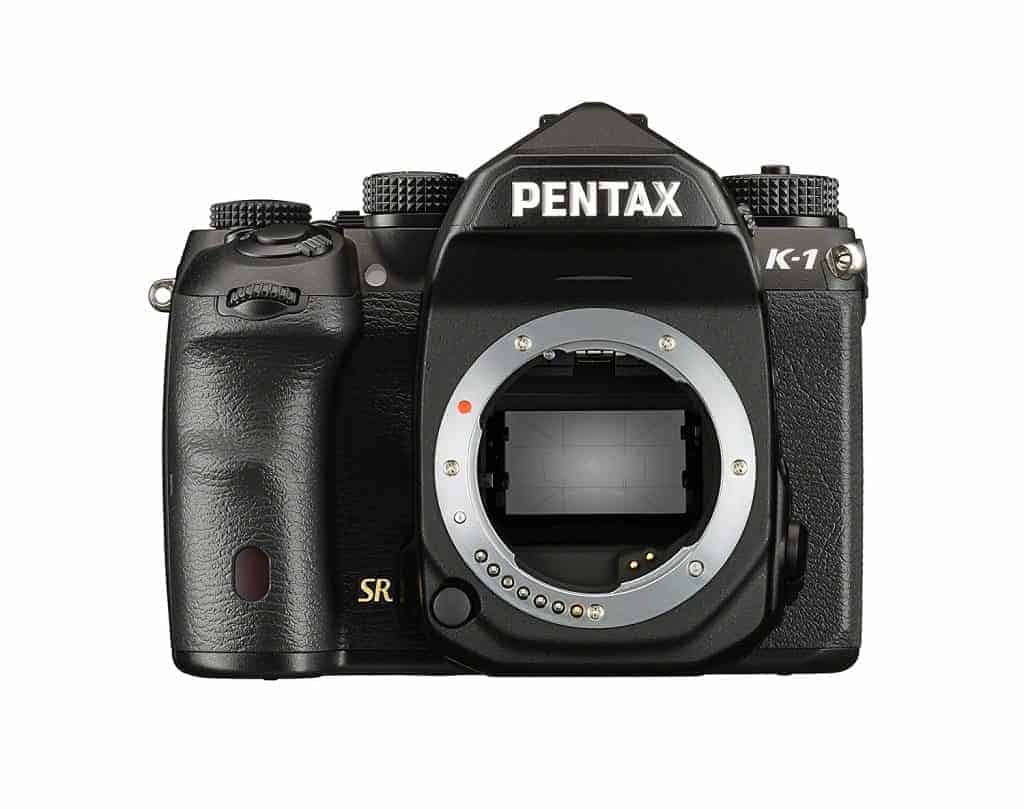
Great article but the images are broken!
or not lol maybe it was just me
Great article. But, there are also a couple of other great options out there from Sony. The A7 and A7II are both cheaper than than the A7R when purchased new. and, the A7 is cheaper on the used front.
Thanks Timothy. I am not as familiar with the A7 and A7ii, but I had multiple people tell me the A7r was the better camera and better value so I went with it for this article.
I’ve been eyeing that Pentax since the day it was announced…. I just wish there was more info and reviews out there about it. When I make the jump, I’m fairly certain that will be the one.
Adam, I have heard great things about it from people using it, but it is definitely one that I want to get my hands on and try. I also want to look into the quality of the glass, but if it performs up to the specs and has good glass, it looks like a steal to me.
I started with a Pentax SLR in 1964 – an SV. My last screw mount Pentax was the ES II after which I changed to the Bayonet mount when it was released in 1975 choosing a K2 body and a couple of Pentax K lenses. My last Pentax film camera was an LX, which I still have together with 4 Pentax K lenses. These lenses are between 25 and 43 years old. I then changed over to the Canon EOS cameras when I worked for Canon and got staff discount on them. I continued with Canon into their EOS DSLR’s and now have a 5D MK II and a 5D MK IV. However, I had a deep rooted love for the Pentax, having bought almost every model between 1964 and 1987. The only film models I can recall never buying were the K1000, the MX and a few others in the M range (I did have an ME and an ME Super that then got upgraded to a Super A). Anyway, I recently bought a Pentax K1 MK II out of nostalgia and some self indulgence, just because I wanted one, not because I needed one, although in a way I did need it – to satisfy a long lasting affection for the Pentax marque. Anyway, you can imagine my surprise when receiving my K1MK II to find that every Pentax K bayonet lens I had fitted the K1 body and worked on it – albeit manual focusing on them all and stop down metering on a couple, but even so – they worked, including the open aperture viewing and auto stop down of the aperture. Fabulous…and the K1? Better than my wildest dreams when using the Pentax AF 24-70mm f2.8 lens I bought with it. It is currently attached to my Asahi Pentax bellows and slide copier, bought in 1965, using my old Penatx 50mm f1.7 and a K bayonet to M42 screw adaptor – and copying slides taken on all the various Pentaxes I’ve owned over the last 50 years. Some slides have turned a bit magenta, but Photoshop colour balancing soon sorts that out. If either of my Canon 5D’s had the same features and quality of build, I think it would have cost at least half as much again as it did, so you’d be looking at nearly 5 grands worth. Considering the Pentax was a third of that it offers great value. The other two lenses I want to add are the 15-30mm f2.8 and the 150-450mm f4, both cheaper than Canon equivalents. Great value the Pentax K1 MK II and a great performer too!
thanks for sharing
Thank you Brent. Good article having basic but in depth information. I have D7000 and thinking to buy full frame camera.
Thank you for this enlighting article about full frame cameras. I wonder if there are some good to very good compact fill frame cameras.
thanks John. I am not familiar with any compact full frame cameras. I know there are a number of great crop sensor compacts though from the likes of Sony, Fuji and others.
I’m currently using a Canon 6D and it indeed works great! Thanks for the informative guide, keep up with the good work!
Helpful article. I guess your described way is theasy right way for decisions. New starters should list necessary features and secondly some preferred extras. I’m using Nikon since decades. In digital mostly full frame.
The higher costs of full frame bodies must be added with more expensive lenses.
That’s a great point Ralf. I’ve learned lenses are often more important than the body and there is no point spending thousands on a new body if you don’t have decent glass for it too.
You know what is crazy? The Pentax bodies have some amazing features and are half the price of their more popular rivals with big names.
If that doesn’t show the power of marketing and brand recognition I don’t know what will….
For sure. And they have been around for a long time and are a well-respected company so it’s not like its a quality issue. I wonder if they will benefit from other companies like Sony, Fuji, Olympus and Panasonic taking a share of the market. Once people are okay with something other than Canon or Nikon, maybe Pentax becomes a more viable option for them.
I have a Pentax K1 and you can use my photos to use as examples.
thanx for info.
osm
great stuff
AWESOME STUFF GREAT POST
What about the Canon Eos 5d mark ii?
It is a great full frame camera 21.1mp
Picked mine up for $800!
Great point. I have used the 5dmii and enjoyed shooting with it. For me, though, it is getting to be a pretty old body and technology has improved dramatically in the 9 years since it was released. That being said, I have obtained fantastic results with it even within the past couple years so it is more than capable.
very awesome article
great information
Pentax K1 twice the weight of other options? Not quite, only 15 gm more than the Nikon D800. Despite the bargain price, it is a solid professional grade camera, not built for light weight. The Canon EOS 1D is 1300 gm, the Nikon D5 1400! I have a K1, and to be clear the autofocus is not deficient, it is only said to be slower than the pro-grade Nikons and Canons. So not the first choice for sports, but brilliant for general, landscape and studio work, especially as the pixel-shift mode multiplies the resolution by 3 or 4 for static tripod shots (a feature its rivals must soon copy). Video also said to be not as good as the rivals’, but if I wanted video I’d use a video camera. I am on a Pentax forum and I’ve never heard of memory card issues. Trouble is, Pentax don’t advertise, and they are hard to find in the shops.
Thanks for the input. Nice to here from a pentax user. I guess I should have clarified that it was twice the weight of the Sony, but I thought I gave the Pentax very favorable treatment and admitted to thinking it was possibly the most intriguing option discussed. i wouldn’t be doing anyone any favors if I didn’t also report what I found to be the biggest complaints from my research.
great information
Thank you for the unbiased summary – confirmed that a Canon 6D is what I’m looking for